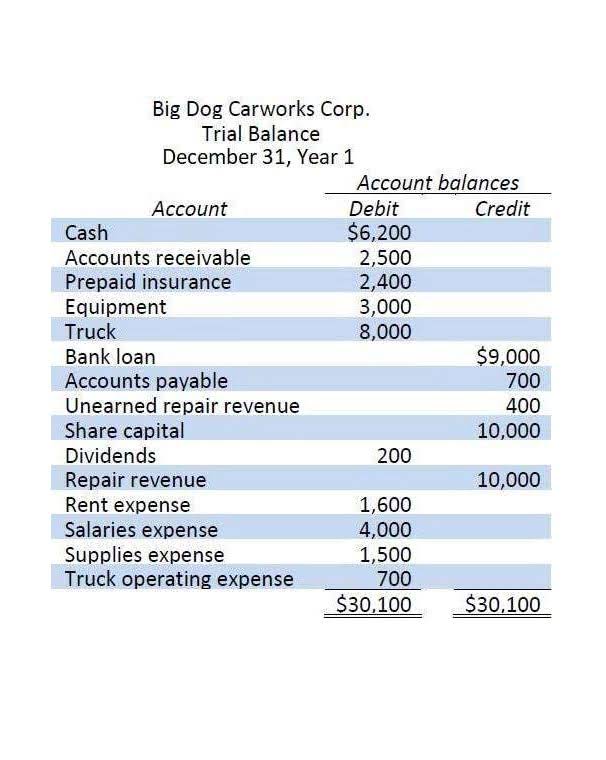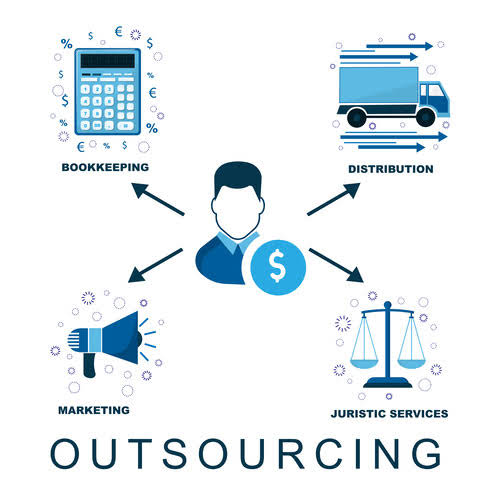730 Research and Development Deloitte Accounting Research Tool

Investor B does not participate in any of the development or commercialization activities. Nonrefundable advance payments for future clinical trial management services should initially be capitalized and then expensed as the related services are performed. Company A should continue to evaluate whether it expects the services to be rendered. If services are not expected to be rendered, the capitalized advance payment should be charged to expense in the period in which this determination is made. If at any point Company A does not expect the goods to be delivered, the capitalized prepayment should be charged to expense. Accounting principles do not include in their definition of R&D expenses the purchase, development or improvement of products or processes that are used in sales or administration.
However, enabling technology does not always represent a separate unit of account, such as when a drug delivery mechanism must be further customized for use in IPR&D products, and the facts and circumstances should be analyzed to determine the ultimate use of the asset. In this scenario, it may be concluded that the use of enabling technology is encompassed within existing products, IPR&D, and yet-to-be defined technology (i.e., goodwill). Research and development costs include all amounts spent to create new ideas and then turn them into products that can be sold to generate revenue. Because success is highly uncertain, accounting has long faced the challenge of determining whether such costs should be capitalized or expensed. GAAP requires that all research and development costs (with a few minor exceptions) be expensed as incurred. This official standard prevents manipulation and allows decision makers to see the amount spent by management for this essential function.
THE ACCOUNTING PREDICAMENT
In 2019 Maldives published a ‘Framework for Zero leprosy’ with clear milestones to reach leprosy elimination by 2030. An independent assessment team by WHO highlighted high political will and community motivation, along with strong health systems and minimal evidence of stigma and discrimination towards persons affected by leprosy, as the key factors for Maldives’ success. Earlier this month, the White House Office of Science and Technology Policy (OSTP) announced a new Fast-Track Action Committee on Marine Carbon Dioxide Removal. Under the authority research and development in accounting of OSTP’s National Science and Technology Council, the Committee will evaluate the merits of and concerns about different types of mCDR and shape relevant policy and research on safe and effective marine carbon dioxide removal and carbon sequestration. The committee includes experts from more than a dozen federal departments and agencies and it fulfills one of the recommendations of the U.S. ARPA-E advances high-potential, high-impact energy technologies across a wide range of technical areas that are too early for private-sector investment.
- Research and development is a systematic activity that combines basic and applied research to discover solutions to new or existing problems or to create or update goods and services.
- Company A incurs costs to construct the plant and facility that will be used to produce a medical device that has not yet received FDA approval.
- Companies that set up and employ departments dedicated entirely to R&D commit substantial capital to the effort.
- Expenditures incurred in the development phase of a project are capitalized from the point in time that the company is able to demonstrate all of the following.
Since then, the guidance has remained largely – although not entirely – unchanged. DPR Korea introduced measles-rubella vaccine in childhood immunization programme in November 2019 after successfully carrying out a wide age range immunization campaign targeting 9 months to 15 years old children and 16 to 18 years old women https://www.bookstime.com/articles/better-bookkeepers with measles and rubella vaccines. Through this mass immunization activity, achieving more than 99.8% coverage in almost 6 million target population, the country rapidly built substantial population immunity for rubella. Given the rapid rate of technological advancement, R&D is important for companies to stay competitive.
Takeaways from the Updated Accounting and Valuation Guide
With a 95% career outcomes rate, Saunders is dedicated to delivering relevant, contemporary degrees to meet market demands. Your Team is a group of advisors that can help you from the application process through graduation with insight into our generous financial aid options, GMAT waiver options, curriculum, and career placement. Hear what accounting and analytics MS graduates have to say about the program and its rewards. International students can additionally qualify for a 24-month work extension to their Optional Practical Training (OPT) period, allowing for up to three years of work in the United States. Dedicated advisors are available to help with admissions requirements, including GMAT waivers, the application process, and generous scholarships. © 2023 KPMG LLP, a Delaware limited liability partnership and a member firm of the KPMG global organization of independent member firms affiliated with KPMG International Limited, a private English company limited by guarantee.
- There are business incubators and accelerators, where corporations invest in startups and provide funding assistance and guidance to entrepreneurs in the hope that innovations will result that they can use to their benefit.
- Under the authority of OSTP’s National Science and Technology Council, the Committee will evaluate the merits of and concerns about different types of mCDR and shape relevant policy and research on safe and effective marine carbon dioxide removal and carbon sequestration.
- This most often relates to the amount and timing of benefits expected to be derived in the future.
- If a company acquires another whose main business is to conduct R&D, costs are generally reported in the same way as they were by the acquired company.
- Many small and mid-sized businesses may choose to outsource their R&D efforts because they don’t have the right staff in-house to meet their needs.
